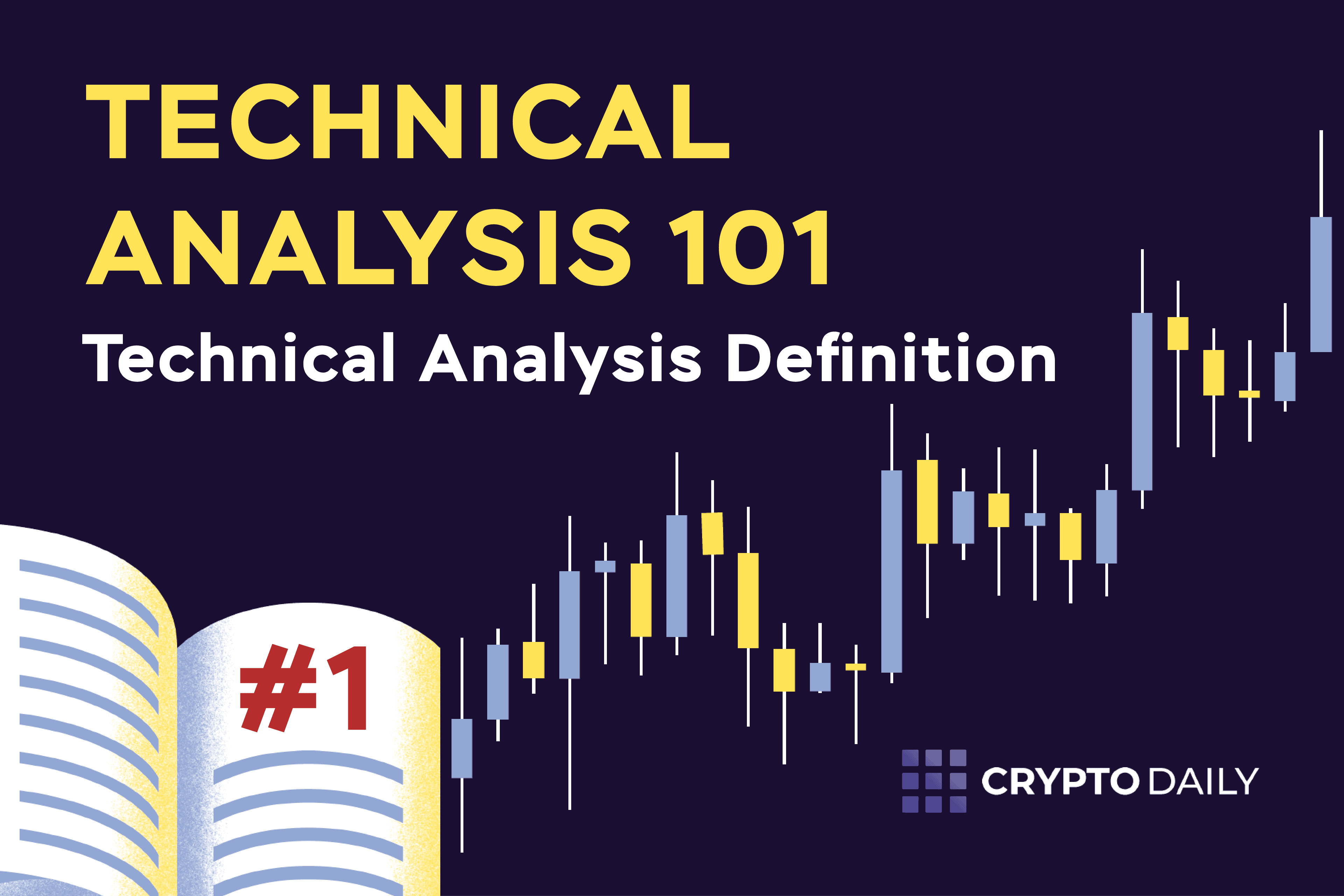There are numerous methods for determining if an investment is good or not, as well as when to buy or sell it. To consider a new investment, whether it’s a stock or a cryptocurrency, the overall market, economic data, financial statements and fundamentals are the major factors to evaluate the new investment. One of the techniques that analysts and investors mostly use to determine good investments is technical analysis.
Different from fundamental analysis, technical analysis looks at factors such as trends, price movement and volume to evaluate investment opportunities. In this article, we will discover what technical analysis is, and understand the difference between fundamental and technical analysis.
What is Technical Analysis?
Technical analysis is a trading process that analyzes statistical trends obtained from trading activity, such as price movement and volume, to evaluate investments and discover new trading opportunities.
Unlike fundamental analysis, which seeks to determine a security’s value based on company performance such as sales and earnings, technical analysis mainly focuses on trading signals such as price and volume. Technical analysis is commonly used to uncover short-term trading signals using various chart tools, data and statistics as well as enhance the assessment of an investment’s strengths or weaknesses. Also, it assists investors and analysts in predicting trends to determine whether an investment is potential or not, and what action to take.
Being used along with other investing or trading principles, technical analysis assumes that a security’s previous trading activity and price fluctuations can be used as indicators of the price movements of the security in the future. Professional analysts often use technical analysis with other forms of study. With retail traders, they may depend solely on a security’s price charts and similar data to make decisions.
To support technical analysis trading, hundreds of patterns and signals have been built by researchers across the sector. Technical analysts have also created a variety of trading systems in order to anticipate and trade accordingly to market changes. Some indicators are primarily concerned with identifying the current market trend, such as support and resistance levels, whilst others are concerned with assessing the strength of a trend and its chances of continuance. Some of the most commonly used technical indicators and charting patterns are trendlines, channels, moving averages and momentum indicators.
Generally, technical analysts consider the following types of indicators:
- Price trends
- Chart patterns
- Volume and momentum indicators
- Oscillators
- Moving averages
- Support and resistance areas
You can also watch this video to have a better understanding of technical analysis.
Technical Analysis Vs. Fundamental Analysis
Both technical analysis and fundamental analysis are utilized for researching and predicting future trends in prices, and just like any other investment strategy, both have their own benefits and drawbacks.
Fundamental analysis examines a security’s intrinsic value, which is determined by variables such as the company’s financial statements, the overall economy and industry conditions. Fundamental analysts pay close attention to major characteristics such as earnings, expenses, assets and liabilities. Fundamental analysis evaluates both statistics and broader variables that may impact the investment’s value, such as interest rates, competition, and the general economy, and is frequently both qualitative and quantitative. Moreover, unlike technical analysis, which focuses primarily on a security’s price movements, fundamental analysis attempts to establish a security’s fair market value and where it should trade.
The security’s price and volume are the only inputs of technical analysis, which makes it different from fundamental analysis. The main assumption of technical analysis is that all known fundamentals are included into the price, so there’s no need to pay attention to them.
Technical analysts do not aim to examine a security’s intrinsic value, instead, they analyze charts to spot patterns and trends that indicate how a security will perform in the future.
Final Word
There’s no doubt that there are an endless number of questions and factors to consider while performing technical analysis. Making yourself familiar with various tools and charts involved in the process may help you become a better investor.



![The Complete Guide to Add Bitcoin to MetaMask Wallet ([currentyear]) 2 Add Bitcoin To Metamask Featured Image](https://coinwire.com/wp-content/uploads/2023/05/add-bitcoin-to-metamask-1024x683.jpg)
![Binance Futures Quiz Answers (Updated in [currentmonth] [currentyear]) 3 Binance Futures Quiz Answers Featured Image](https://coinwire.com/wp-content/uploads/2022/12/binance-futures-quiz-answers-1024x683.png)
![Buy Bitcoin with Apple Pay No Verification in [currentyear] 4 Buy Bitcoin With Apple Pay No Verification](https://coinwire.com/wp-content/uploads/2024/01/buy-bitcoin-with-apple-pay-no-verification-1024x683.jpg)
![How to Convert BEP20 to ERC20 Tokens Guide in [currentyear] 5 How To Convert Bep20 To Erc20 Token](https://coinwire.com/wp-content/uploads/2023/09/bep20-to-erc20-1024x683.jpg)
